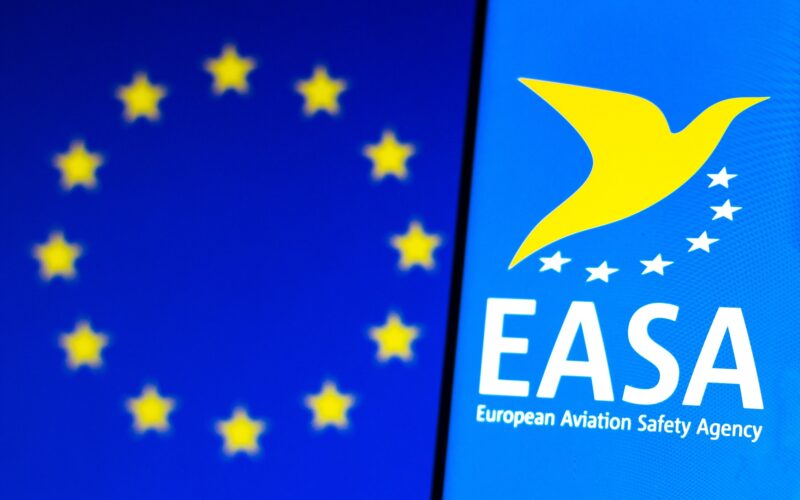The European Union Aviation Safety Agency (EASA) has issued a proposal to streamline the attestation of Air Traffic Management (ATM)/Air Navigation Services (ANS) equipment. The change would pave the way for “a much-needed technological evolution” for the ATM landscape in the European Union (EU).
According to EASA, the proposal was driven by the essential need to use a “single and mutually recognized compliance demonstration methodology” for ATM and ANS equipment and systems. If the proposal is approved by the European Commission (EC) and then passed on to the European Parliament (EP) and the Council of the European Union, it will “enable a functioning EU market for this equipment and so ensure the safe, secure, interoperable, and efficient operation of the European ATM network for all phases of flight”.
“This proposal lays the strategic groundwork for the Single European Sky, a game changer to solve various obstacles faced in the modernisation of the European ATM system,” stated Patrick Ky, the Executive Director of EASA.
The plans to change the way ATM/ANS equipment is certified will focus on alleviating “bottlenecks and inefficiencies in the previous conformity assessment framework, which were constraining and delaying technological evolution for ATM in the EU”. As such, a single certificate will eliminate multiple processes that are in place today, freeing up their limited resources to focus instead on “higher value-adding activities, resulting also in more efficient and effective oversight and enforcement processes in the EU”.
EASA put forward five implementing and delegated acts that also consolidate and transfer all eight implementing rules developed under the annulled Single European Sky Interoperability (SES IOP) framework. As a result, it would ease the process of implementing regulations, the agency added.
Current regulations are applicable until September 12, 2023, which is why “it is necessary to introduce a new regulatory framework in relation to ATM/ANS systems and ATM/ANS constituents that ensures the safe, interoperable, and efficient provision of ATM/ANS services,” the EC noted in a draft regulation.
SES was launched in 2004 with the goal of improving the performance of Europe’s Air Traffic Control (ATC) system, including safety, capacity, and cost-efficiency, and sustainability. The proposal aims to introduce a more streamlined regulatory framework for the introduction of new technology in to the ATM system in the EU.

